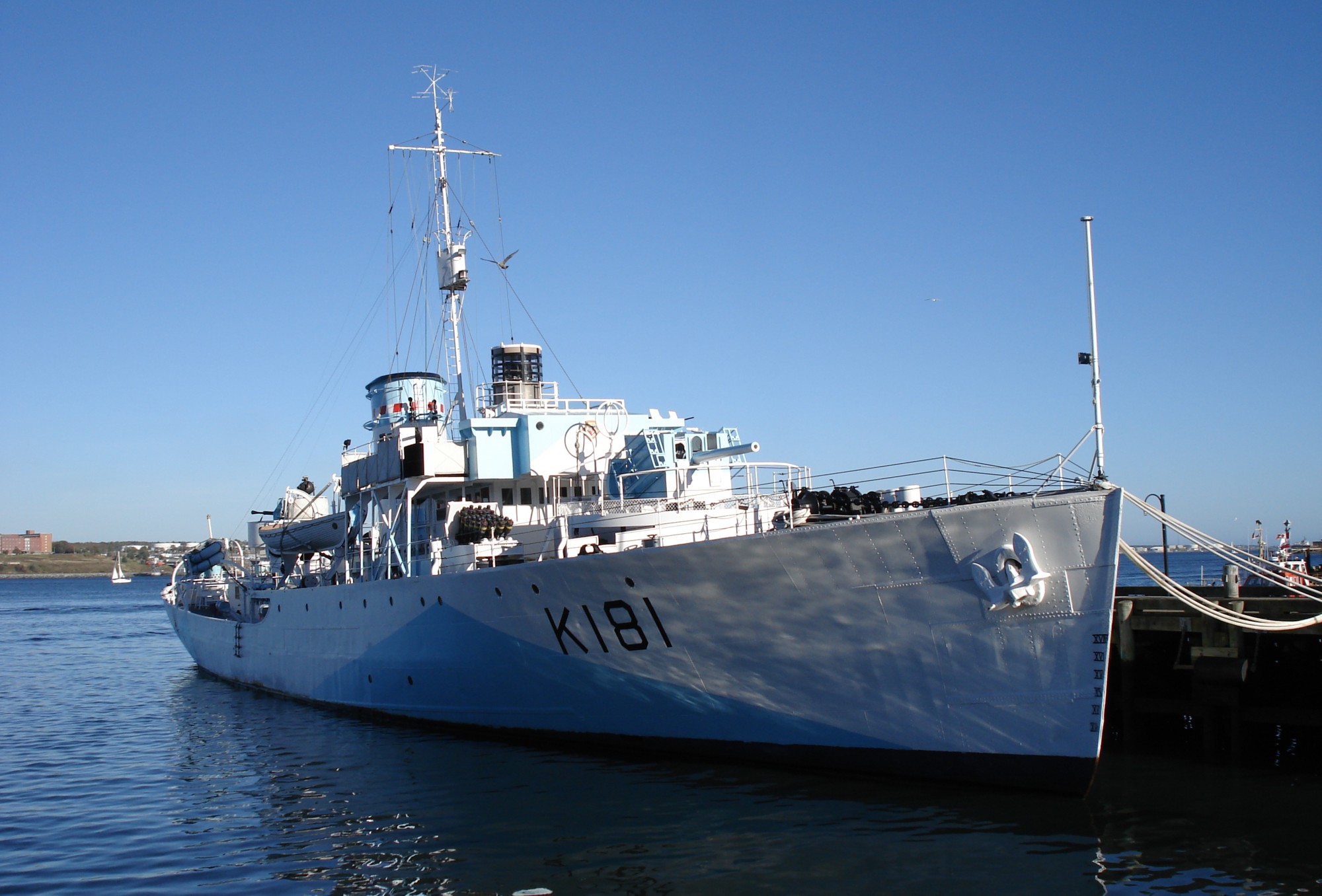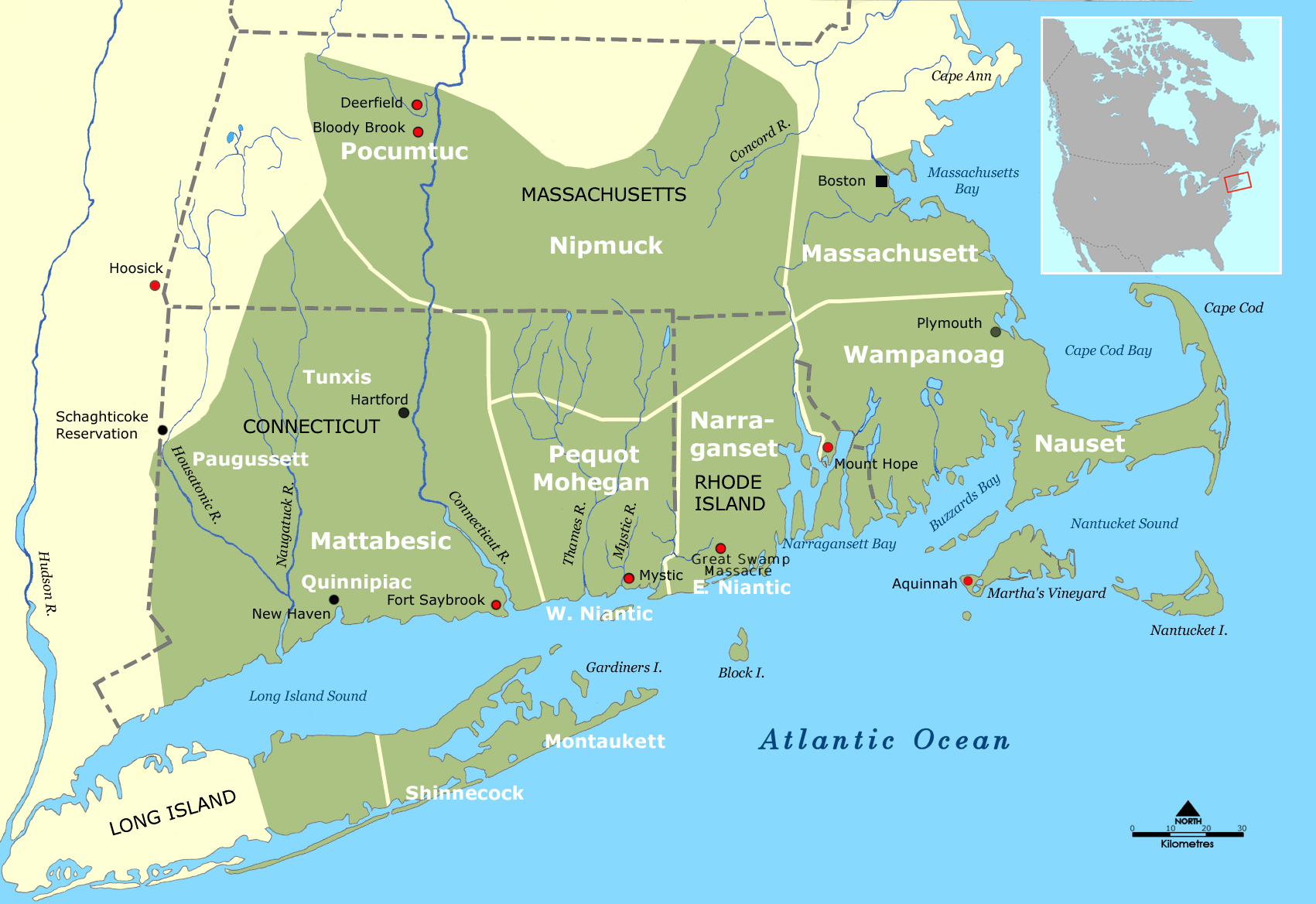|
Western Local Escort Force
Western Local Escort Force (WLEF) referred to the organization of anti-submarine escorts for World War II trade convoys from North American port cities to the Western Ocean Meeting Point (WOMP or WESTOMP) near Newfoundland where ships of the Mid-Ocean Escort Force (MOEF) assumed responsibility for safely delivering the convoys to the British Isles.Morison (1975) p. 319 Background On the basis of experience during World War I, the Admiralty instituted trade convoys in United Kingdom coastal waters from September 1939. Convoys gradually extended westward until HX 129 left Halifax, Nova Scotia on 27 May 1941 as the first convoy to receive escort for the entire trip from Canada. The American Neutrality Zone offered some protection in North American coastal waters until United States declaration of war in December 1941. Organization The Royal Canadian Navy organized the Halifax-based Western Local Escort Force in February 1942 as German U-boats began patrolling North American coasta ... [...More Info...] [...Related Items...] OR: [Wikipedia] [Google] [Baidu] |
Anti-submarine
An anti-submarine weapon (ASW) is any one of a number of devices that are intended to act against a submarine and its crew, to destroy (sink) the vessel or reduce its capability as a weapon of war. In its simplest sense, an anti-submarine weapon is usually a projectile, missile or bomb that is optimized to destroy submarines. History Before World War I Prior to about 1890, naval weapons were only used against surface shipping. With the rise of the military submarine after this time, countermeasures were considered for use against them. The first submarine installation of torpedo tubes was in 1885 and the first ship was sunk by a submarine-launched torpedo in 1887. There were only two ways of countering the military submarine initially: ramming them or sinking them with gunfire. However, once they were submerged, they were largely immune until they had to surface again. By the start of the First World War there were nearly 300 submarines in service with another 80 in productio ... [...More Info...] [...Related Items...] OR: [Wikipedia] [Google] [Baidu] |
Sydney, Nova Scotia
Sydney is a former city and urban community on the east coast of Cape Breton Island in Nova Scotia, Canada within the Cape Breton Regional Municipality. Sydney was founded in 1785 by the British, was incorporated as a city in 1904, and dissolved on 1 August 1995, when it was amalgamated into the regional municipality. Sydney served as the Cape Breton Island's colonial capital, until 1820, when the colony merged with Nova Scotia and the capital moved to Halifax. A rapid population expansion occurred just after the turn of the 20th century, when Sydney became home to one of North America's main steel mills. During both the First and Second World Wars, it was a major staging area for England-bound convoys. The post-war period witnessed a major decline in the number of people employed at the Dominion Steel and Coal Corporation steel mill, and the Nova Scotia and Canadian governments had to nationalize it in 1967 to save the region's biggest employer, forming the new crown co ... [...More Info...] [...Related Items...] OR: [Wikipedia] [Google] [Baidu] |
Ferry
A ferry is a ship, watercraft or amphibious vehicle used to carry passengers, and sometimes vehicles and cargo, across a body of water. A passenger ferry with many stops, such as in Venice, Italy, is sometimes called a water bus or water taxi. Ferries form a part of the public transport systems of many waterside cities and islands, allowing direct transit between points at a capital cost much lower than bridges or tunnels. Ship connections of much larger distances (such as over long distances in water bodies like the Mediterranean Sea) may also be called ferry services, and many carry vehicles. History In ancient times The profession of the ferryman is embodied in Greek mythology in Charon, the boatman who transported souls across the River Styx to the Underworld. Speculation that a pair of oxen propelled a ship having a water wheel can be found in 4th century Roman literature "''Anonymus De Rebus Bellicis''". Though impractical, there is no reason why it co ... [...More Info...] [...Related Items...] OR: [Wikipedia] [Google] [Baidu] |
Armed Yacht
An armed yacht was a yacht that was armed with weapons and was typically in the service of a navy. The word "yacht" ("hunter"; Dutch "jacht"; German "jagd", literally meaning "to hunt") was originally applied to small, fast and agile naval vessels suited to piracy and to employment by navies and coast guards against smugglers and pirates. Vessels of this type were adapted to racing by wealthy owners. The origin of civilian yachts as naval vessels, with their speed and maneuverability, made them useful for adaptation to their original function as patrol vessels. In the United States Navy armed yachts were typically private yachts expropriated for government use in times of war. Armed yachts served as patrol vessels during the Spanish–American War and the World Wars. In the latter conflicts, armed yachts were used as patrol vessels, convoy escorts, and in anti-submarine duties. In the United States, yachts were purchased from their owners with the owners given an option to rep ... [...More Info...] [...Related Items...] OR: [Wikipedia] [Google] [Baidu] |
Fairmile B Motor Launch
The Fairmile Type-B motor launch was a type of motor launch (often referred to as MLs) built by British boatbuilder Fairmile Marine and others during the Second World War for the Royal Navy for coastal operations. Design While the Type A had been designed entirely by Fairmile, the Type B design had come from Bill Holt of the Admiralty based on the lines of a destroyer hull and the detailed design and production was taken on by Fairmile. Like all their designs it was based on total prefabrication so individual components could be contracted out to small factories for production and these arranged as kits that would be delivered to various boatyards for assembly and fitting out. Altogether approximately 650 boats were built between 1940 and 1945. Like the A Type, the B Type were initially intended as submarine chasers, so the boats were fitted with ASDIC (sonar) as standard. Their main armament initially reflected their anti-submarine focus, with 12 depth charges, a single QF ... [...More Info...] [...Related Items...] OR: [Wikipedia] [Google] [Baidu] |
Wolfpack (naval Tactic)
The wolfpack was a convoy attack tactic employed in the Second World War. It was used principally by the U-boats of the during the Battle of the Atlantic, and by the submarines of the United States Navy in the Pacific War. The idea of a co-ordinated submarine attack on convoys had been proposed during the First World War but had no success. In the Atlantic during the Second World War the Germans had considerable successes with their wolfpack attacks but were ultimately defeated by the Allies. In the Pacific the American submarine force was able to devastate Japan’s merchant marine, though this was not solely due to the wolfpack tactic. Wolfpacks fell out of use during the Cold War as the role of the submarine changed and as convoys became rare. World War I During the (German war on trade) Allied ships travelled independently prior to the introduction of the convoy system and were vulnerable to attacks by U-boats operating as 'lone wolves'. By gathering up merchant ships into con ... [...More Info...] [...Related Items...] OR: [Wikipedia] [Google] [Baidu] |
Maritimes
The Maritimes, also called the Maritime provinces, is a region of Eastern Canada consisting of three provinces: New Brunswick, Nova Scotia, and Prince Edward Island. The Maritimes had a population of 1,899,324 in 2021, which makes up 5.1% of Canada's population. Together with Canada's easternmost province, Newfoundland and Labrador, the Maritime provinces make up the region of Atlantic Canada. Located along the Atlantic coast, various aquatic sub-basins are located in the Maritimes, such as the Gulf of Maine and Gulf of St. Lawrence. The region is located northeast of the United States's New England, south and southeast of Quebec's Gaspé Peninsula, and southwest of the island of Newfoundland. The notion of a Maritime Union has been proposed at various times in Canada's history; the first discussions in 1864 at the Charlottetown Conference contributed to Canadian Confederation. This movement formed the larger Dominion of Canada. The Mi'kmaq, Maliseet and Passamaquodd ... [...More Info...] [...Related Items...] OR: [Wikipedia] [Google] [Baidu] |
New England
New England is a region comprising six states in the Northeastern United States: Connecticut, Maine, Massachusetts, New Hampshire, Rhode Island, and Vermont. It is bordered by the state of New York to the west and by the Canadian provinces of New Brunswick to the northeast and Quebec to the north. The Atlantic Ocean is to the east and southeast, and Long Island Sound is to the southwest. Boston is New England's largest city, as well as the capital of Massachusetts. Greater Boston is the largest metropolitan area, with nearly a third of New England's population; this area includes Worcester, Massachusetts (the second-largest city in New England), Manchester, New Hampshire (the largest city in New Hampshire), and Providence, Rhode Island (the capital of and largest city in Rhode Island). In 1620, the Pilgrims, Puritan Separatists from England, established Plymouth Colony, the second successful English settlement in America, following the Jamestown Settlement in Virg ... [...More Info...] [...Related Items...] OR: [Wikipedia] [Google] [Baidu] |
Caribbean Sea
The Caribbean Sea ( es, Mar Caribe; french: Mer des Caraïbes; ht, Lanmè Karayib; jam, Kiaribiyan Sii; nl, Caraïbische Zee; pap, Laman Karibe) is a sea of the Atlantic Ocean in the tropics of the Western Hemisphere. It is bounded by Mexico and Central America to the west and southwest, to the north by the Greater Antilles starting with Cuba, to the east by the Lesser Antilles, and to the south by the northern coast of South America. The Gulf of Mexico lies to the northwest. The entire area of the Caribbean Sea, the numerous islands of the West Indies, and adjacent coasts are collectively known as the Caribbean. The Caribbean Sea is one of the largest seas and has an area of about . The sea's deepest point is the Cayman Trough, between the Cayman Islands and Jamaica, at below sea level. The Caribbean coastline has many gulfs and bays: the Gulf of Gonâve, Gulf of Venezuela, Gulf of Darién, Golfo de los Mosquitos, Gulf of Paria and Gulf of Honduras. The Caribbean Sea has ... [...More Info...] [...Related Items...] OR: [Wikipedia] [Google] [Baidu] |
New York City
New York, often called New York City or NYC, is the most populous city in the United States. With a 2020 population of 8,804,190 distributed over , New York City is also the most densely populated major city in the United States, and is more than twice as populous as second-place Los Angeles. New York City lies at the southern tip of New York State, and constitutes the geographical and demographic center of both the Northeast megalopolis and the New York metropolitan area, the largest metropolitan area in the world by urban landmass. With over 20.1 million people in its metropolitan statistical area and 23.5 million in its combined statistical area as of 2020, New York is one of the world's most populous megacities, and over 58 million people live within of the city. New York City is a global cultural, financial, entertainment, and media center with a significant influence on commerce, health care and life sciences, research, technology, educa ... [...More Info...] [...Related Items...] OR: [Wikipedia] [Google] [Baidu] |









